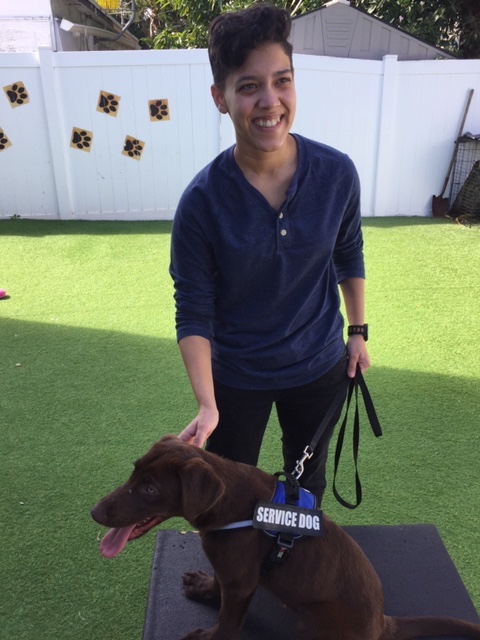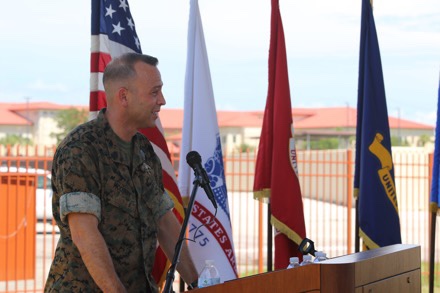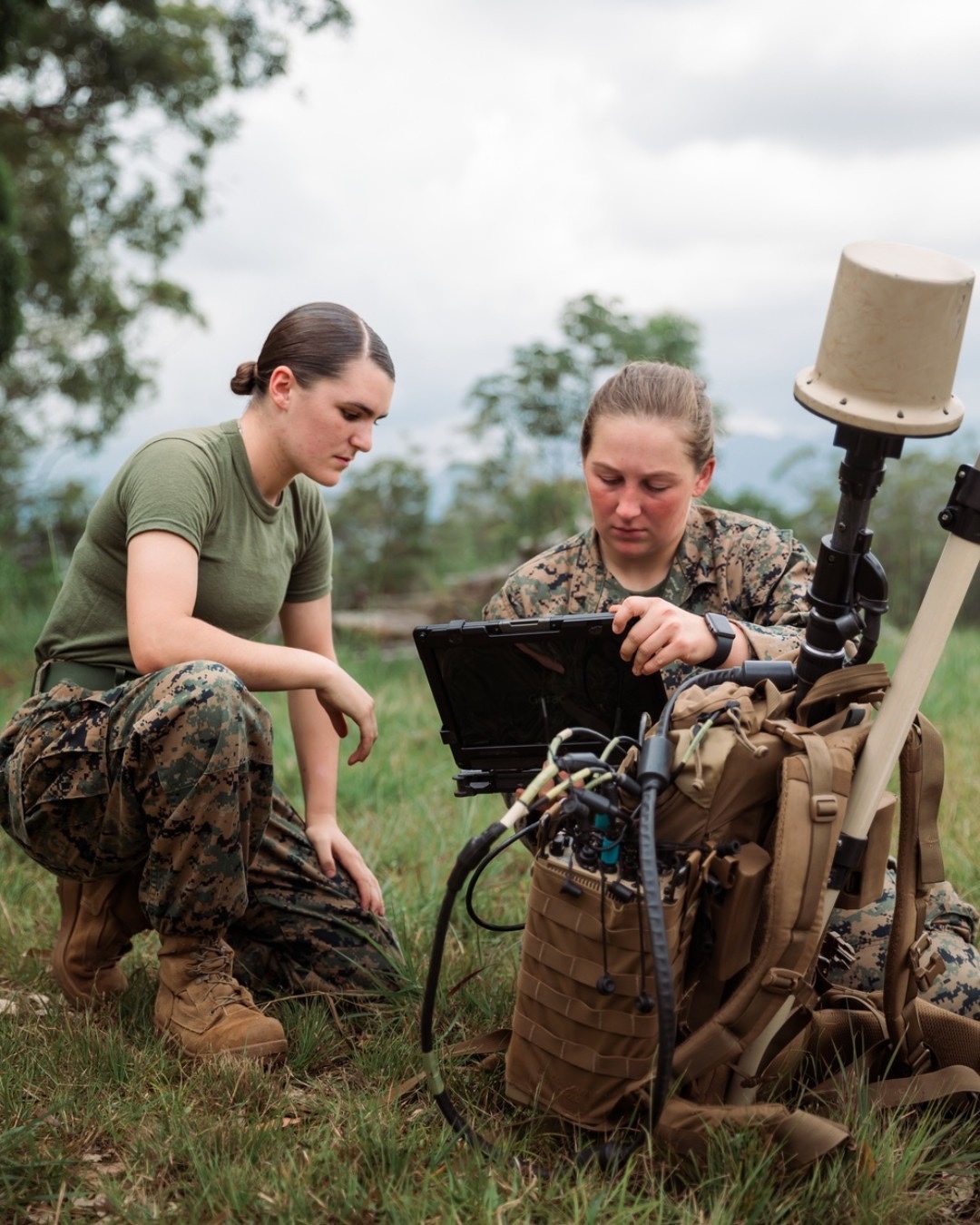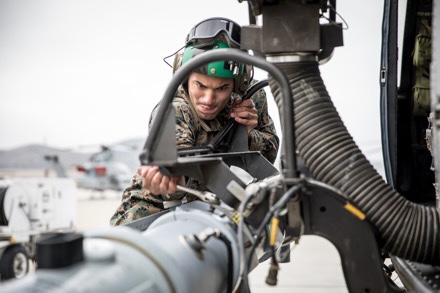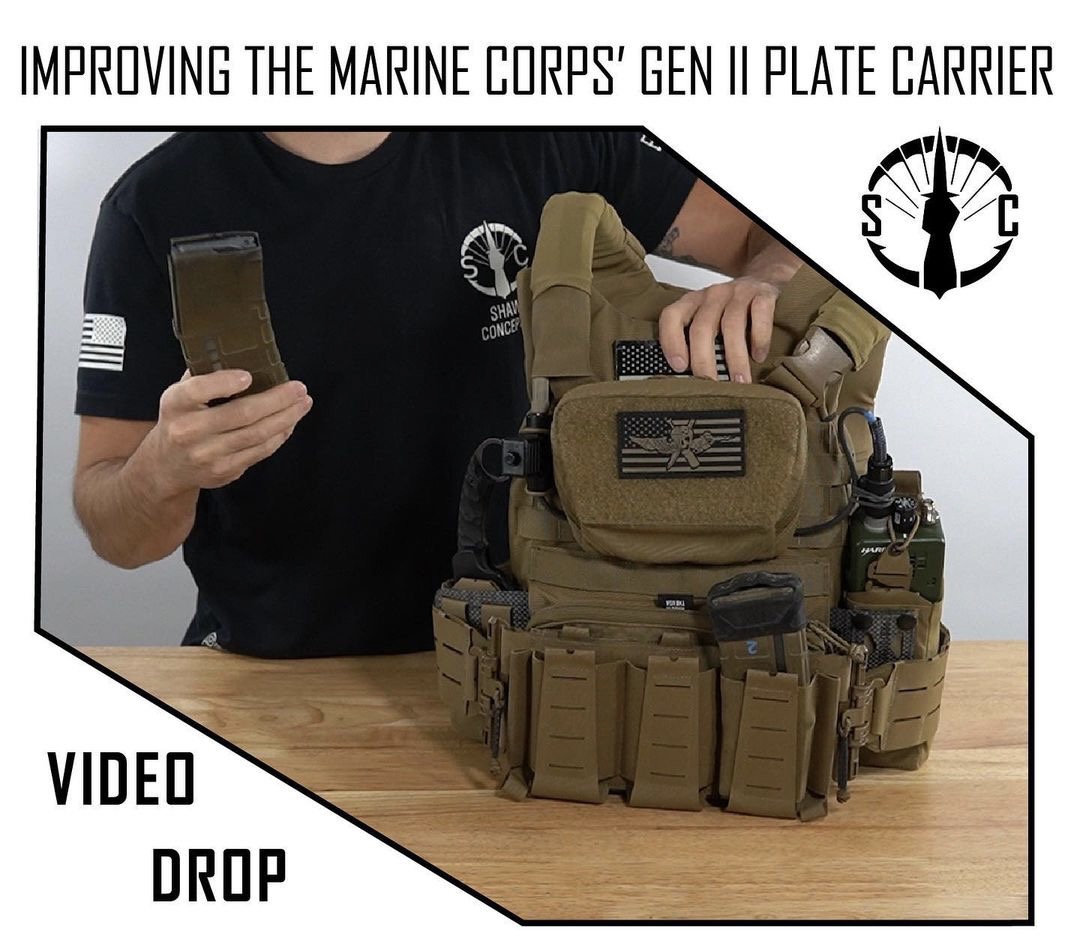MCB HAWAII, Hawaii —
The Marine Corps administratively activated its first Littoral Anti-Air Battalion, the 3rd LAAB, in a small ceremony aboard Marine Corps Base Hawaii, Feb. 11, 2022.
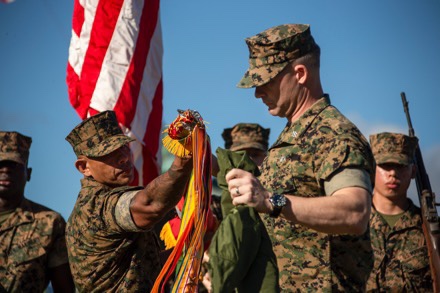
While the unit is not envisioned to be fully operational for several years, the ceremony marks one of the first steps in the Marine Corps’ Force Design 2030 modernization effort.
The administrative activation of 3rd LAAB sets leadership in place and allows the unit to manage existing facilities and equipment previously managed by the recently de-activated 2nd Battalion, 3rd Marine Regiment. Activation also facilitates wargaming and experimentation to better define unit requirements and employment concepts in support of the Marine Corps’ Force Design modernization goals.
As designed, 3rd LAAB will serve as a subordinate unit to the future 3rd Marine Littoral Regiment, or 3rd MLR. While the details of how the LAAB will operate are still in development, the Marine Corps envisions the LAAB providing critical support and protection for small teams of MLR Marines distributed across wide areas of the Pacific region.
“Force Design creates advantages by having Marines think, act and organize in new ways…”
Lt. Col. James Arnold, 3rd LAAB commanding officer
Although 3rd LAAB is a new unit, its mission of air defense, air surveillance and early warning, air control, and forward arming and refueling is not new to the Marine Corps. What is new is how the Marine Corps envisions organizing and employing the battalion.
“Force Design creates advantages by having Marines think, act and organize in new ways,” said Lt. Col. James Arnold, 3rd LAAB commanding officer. “The capabilities formerly only found in the Wing that the LAAB will bring to the MLR commander used to require three different units that directly worked for an aviation commander. As envisioned with Force Design, this capability will now be organic to the tactical ground commander.”
The activation ceremony for 3rd LAAB represents a historical milestone, as the unit inherits the official Marine Corps history and lineage of a Marine anti-air unit that saw action from World War II to Desert Shield and Desert Storm.
The 3rd Light Anti-Aircraft Battalion was activated Dec. 19, 1938 and was re-designated as 3rd Defense Battalion in 1939. After the unit relocated in May 1940 to Pearl Harbor, Territory of Hawaii, the unit saw action in the attack on Pearl Harbor, and fought in the battles of Midway, Guadalcanal, the Northern Solomon Islands, and Bougainville. It deactivated in 1944 but was later re-activated as the 1st Provisional Marine Guided Missile Battalion in 1961. The unit re-designated as 3rd Light Antiaircraft Missile Battalion, employing its Hawk area defense missile systems as it participated in the Cuban Missile Crisis of 1962 and deployed in support of Operation Desert Shield and Desert Storm in 1990 and 1991. The unit de-activated Sept. 30, 1994 as the Marine Corps divested of its medium-range air defense capability.
1st Lt Isaac Liston, 3rd Marine Division


